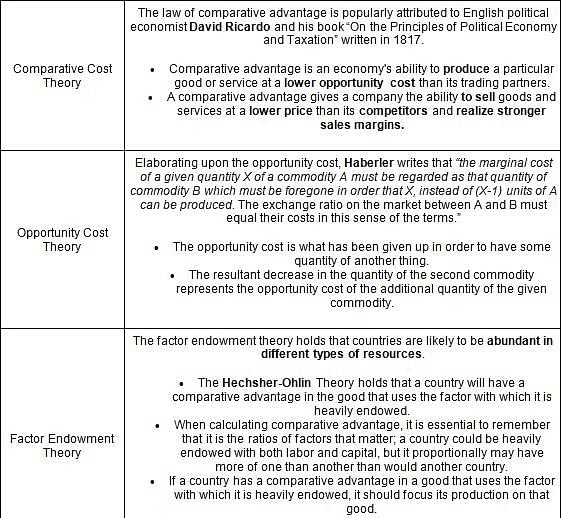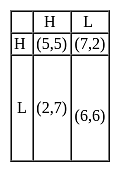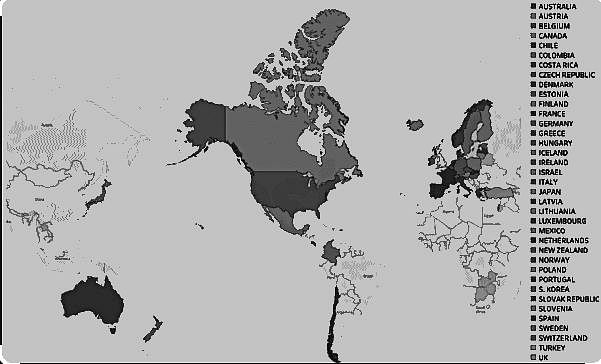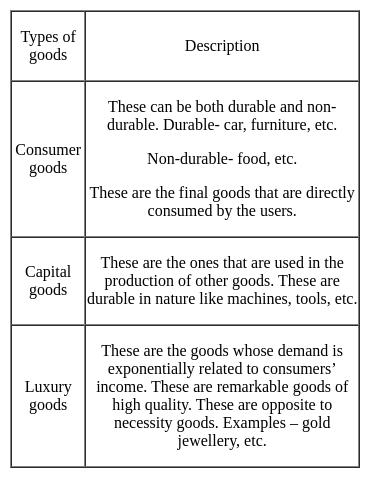UGC NET Paper 2 Economics Mock Test - 3 - UGC NET MCQ
30 Questions MCQ Test UGC NET Mock Test Series 2024 - UGC NET Paper 2 Economics Mock Test - 3
One among the following is ‘a measure of the degree of seller concentration in a market that takes into account the total number of firms in the market and their relative size distribution’.
In terms of economics, if it is possible to make someone better - off without making someone worse - off, then the situation is
Match the items of List - II with the items of List - I and select the code of correct matching. The items relate to International Trade Theories.
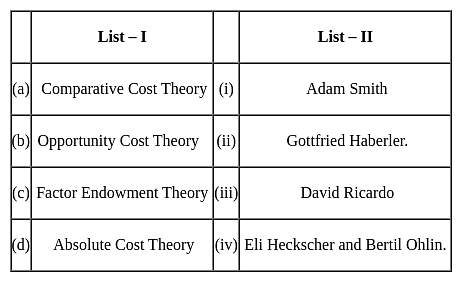

Which of the following statement/s is/are correct regarding Union Budget 2022-23.
I) 400 new generation Vande Bharat Trains to be manufactured during the next three years.
II) 1400 crore outlay for implementation of the Ken – Betwa link project.
III) ‘National Tele Mental Health Programme’ for quality mental health counseling and care services to be launched.
Consider a two-player game where each player can choose either a high effort level (H) or a low effort level (L). The payoff matrix for the game is as follows:

The game is played simultaneously. Based on this information, which of the following is the Nash equilibrium for this game?
Consider the following statements regarding Payments Regulatory Board of India (PRBI).
1. Ratan Watal committee on Digital Payments had recommended that the Reserve Bank should stay as the regulator for SIPS (systemically important payment system) and a separate body should be created for retail payments.
2. It will be formulated under the Payment and Settlements Act 2007, to resolve disputes, ensure customer protection, check any foul play by dominant players, look at interoperability of digital transactions etc.
3. The board would be under the Reserve Bank of India (RBI).
4. The proposed board will have the Reserve Bank governor as the chairperson, along with a deputy governor in charge of payments as member.
Which of the statements given above is/are correct?
Consider the following statements about the Organization for Economic Co-operation and Development (OECD):
1. All OECD members are high-income economies with a very high Human Development Index (HDI) and are regarded as developed countries.
2. India is not a member of the OECD.
Which of the above statements is/are correct?
Match List I with List II:

Choose the correct alternative that shows the best match.
How many points were cut in Repo Rate by the Reserve Bank of India on 4th Mar 15?
A firm earns economic profit when total profit exceeds
What amount of money was fetched by the government in the Spectrum auction that concluded on 25th Mar 15?
The labour force participation rate is the
When ______, we know that the firms are earning just normal profits.
In the light of the Revealed Preference Theory, consider the following axioms, and select the right answer from the code given below:
(a) Rationality
(b) Consistency
(c) Transitivity
(d) Non-satiation
With reference to India economy, consider the following statements:
1. The rate of growth of Real Gross Domestic Product has steadily increased in the last decade.
2. The Gross Domestic Product at market prices (in rupees) has steadily increased in the last decade.
Which of the statements given above is/are correct?
An I.Q. test was Given to a group of students. The mean score was 66.34, median 70.34 and standard deviation was 9.67. On the basis of given result which of the following are correct?
(A) The test is easy for the student
(B) The test is difficult for the student
(C) The distribution will be positively skewed
(D) The distribution will be negative skewed
Choose the correct answer from the options given below:
Which of the following statement is correct?
1. PQLI was invented by M.D. Morris in the year 1979.
2. The Physical Quality of Life Index (PQLI) manifests enhancements in living standards, marked by increased longevity, reduced infant mortality, and elevated basic literacy rates, all of which underscore the benefits of economic progress.
3. Each component of the Physical Quality of Life Index (PQLI)—longevity, infant mortality, and basic literacy—is evaluated on a spectrum from zero to 100, where zero signifies the utmost unfavourable outcome and 100 epitomizes the pinnacle of success.
1. RBI repo rate
2. 91-day T-bill yield
3. 182-day T-bill yield
4. 364-day T-bill yield
5. State development loans yield
6. Any other benchmarks by Financial Benchmarks India Ltd
Which of the following can be included in that?
In the questions given below are two statements labelled as Assertion (A) and Reason (R). In the context of these two statements, which one of the following is correct?
Assertion (A) Air contains important substances, such as oxygen and nitrogen, that most species need to survive.
Reason (R) Air pollution not including gases like CO2, CO, SO2, and CH4.
In reference to the passage, which of the following assumptions can be made?
I. Increased fiscal deficit of Indian government is due to increased expenditure which is not in accordance with the increased tax rates.
II. The fiscal deficit of India increased further as prices of oil products remained unchanged.
The main objective of International Monetary Fund (IMF) is to
|
16 docs|120 tests
|



